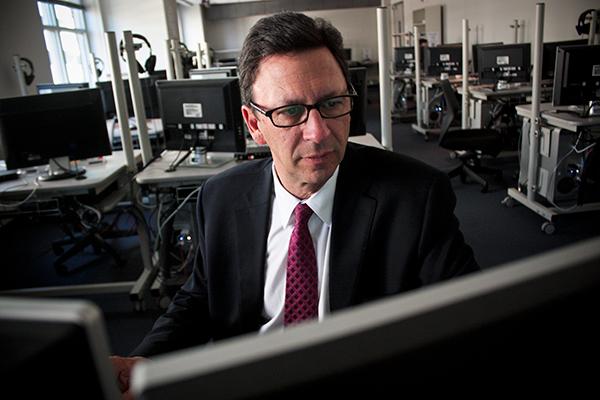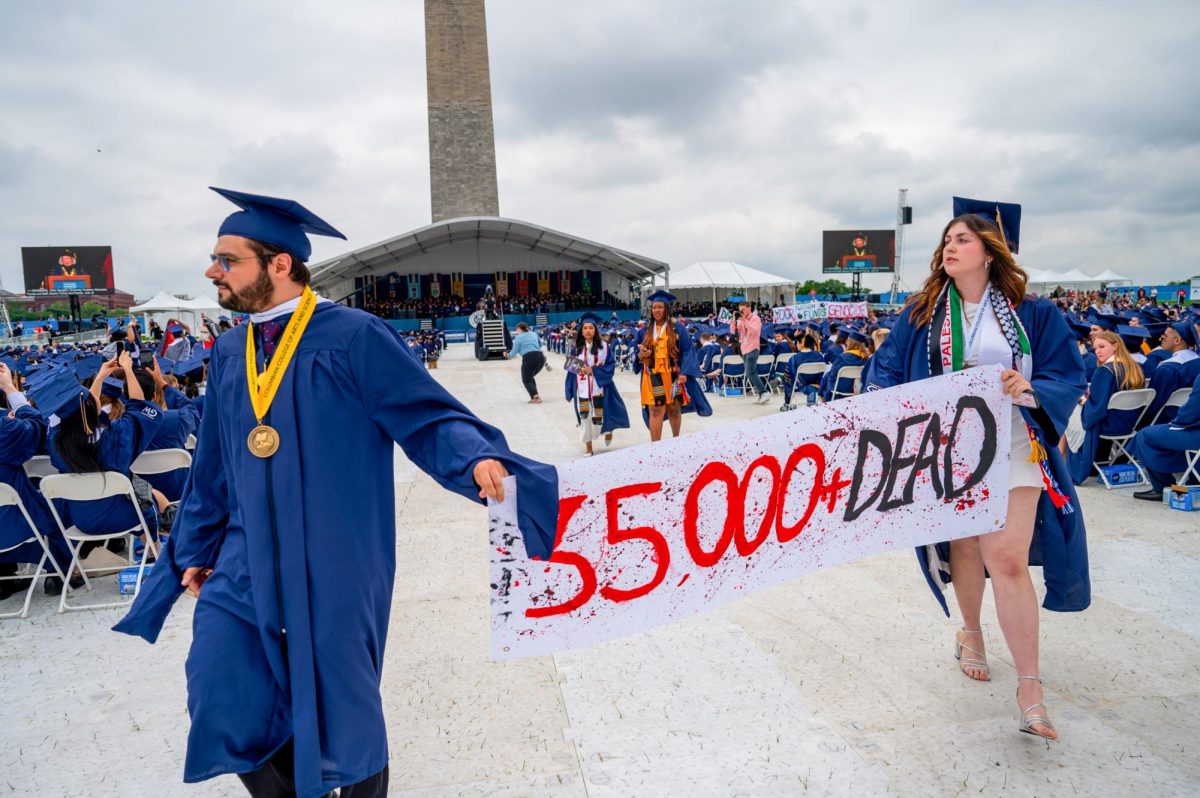The School of Media and Public Affairs will form a committee to expand the diversity of its student body, the school’s director announced this month.
Frank Sesno, the director of SMPA, said the committee will launch within the next month, and its members will identify ways to diversify the school’s students. Professors in the school said attracting a more diverse group of students is especially important because the school’s graduates go on to work in media and can be the ones to diversify newsrooms.
“In media and politics, diversity is and should be a top priority because if our politics and our media don’t look like the country, they’re not going to be responsive to the country and they’re not going serve the country,” Sesno said.
Sesno began discussing the idea in the spring and developed parameters for the committee over the summer, he said. He and faculty in the school decided that a committee made up of faculty, students, alumni and friends of SMPA could develop tangible ideas to increase diversity.
“Especially in media and politics, we need to be training, educating tomorrow’s leaders,” Sesno said. “And tomorrow’s leaders are already this brilliant diverse group of talented young people — we just want more brilliant, talented, diverse young people.”
The group plans to gauge diversity metrics in the school over the next few years by tracking applicants based on where they are from and if they represent diverse racial and socioeconomic backgrounds, Sesno said.
Officials have prioritized diversity in faculty hires in recent years, and have incentivized departments to hire more minority and female faculty. Caroline Laguerre-Brown, the vice provost for diversity, equity and community engagement, was hired in the spring and plans to tackle issues for minority students that officials have prioritized over the past academic year.
Of the 10,900 total undergraduates enrolled at GW in 2015, more than 2,700 students identified as Hispanic, African-American, American Indian, Asian or Native Hawaiian, according to data from the institutional research office. SMPA enrolled 351 undergraduates last year, but data is not available on the diversity of the individual school’s student body.
The committee’s first focus will be on how to “open the pipeline” to students of different backgrounds, Sesno said. He said that one possible solution could be to develop a team of student ambassadors who go back to their high schools to explain the value of the school.
Cheryl Thompson, an associate professor of media and public affairs, will chair the committee, and she and Sesno are still finalizing other committee members, he said. Thompson did not return a request for comment because she was out of the office.
“I am hoping that this interesting combination of students and alumni, for whom the experience is quite fresh, and faculty and friends of SMPA will come up with a few ideas that could really make a difference,” Sesno said.
Patricia Phalen, the assistant director of SMPA, said in an email that the committee should be able to reach students from communities who may not have considered GW or SMPA.
Everyone brings their backgrounds and experiences to the environment in which they work, and diversity is especially important in journalism, Phalen said.
“Journalism is unique, though, because journalists present the world to their readers, listeners, viewers and if they all have similar views of our world, the perspective is skewed,” Phalen said. “Diversity of world view is important to help all of us see events in all their complexity.”
Silvio Waisbord, a professor of media and public affairs, said in an email that the committee will help raise students’ awareness about multi-perspective and multi-dimensional news.
Waisbord added that it is important to diversify the media as a whole, so news content can better “represent the heterogeneity of society.”
“If you draw staff from a narrow slice of U.S. society, then, news and other forms of media content will be biased in favor of a small social segment,” Waisbord said. “The news media should mirror who we really are.”
Avery Anapol contributed reporting.







